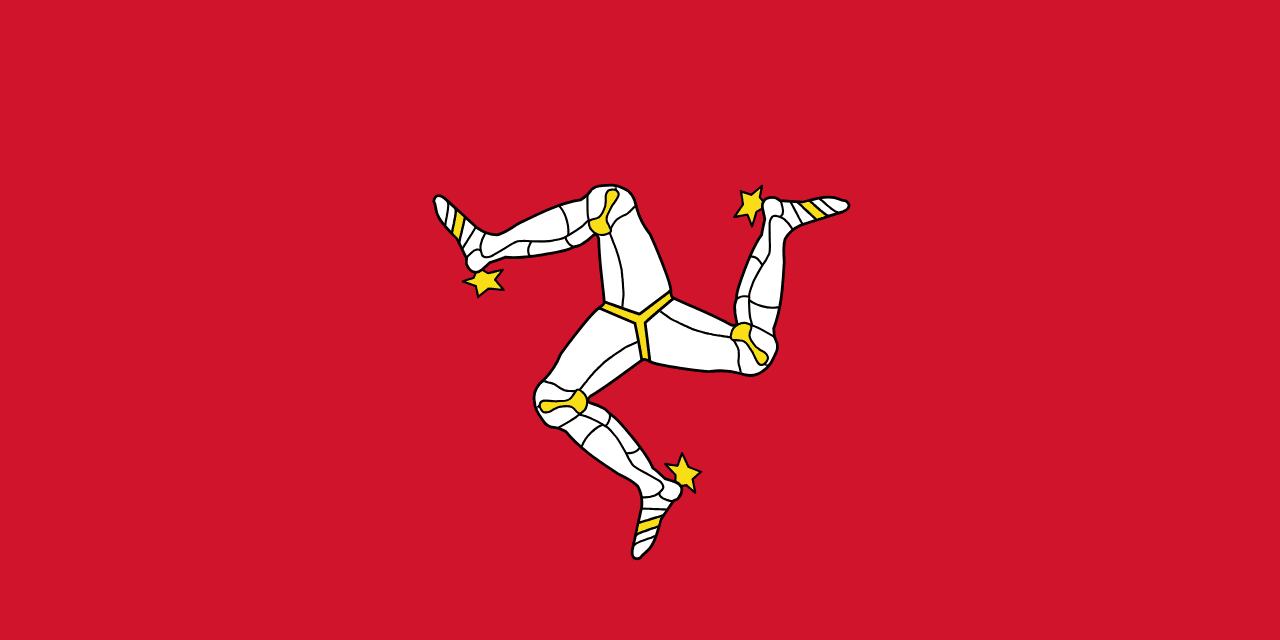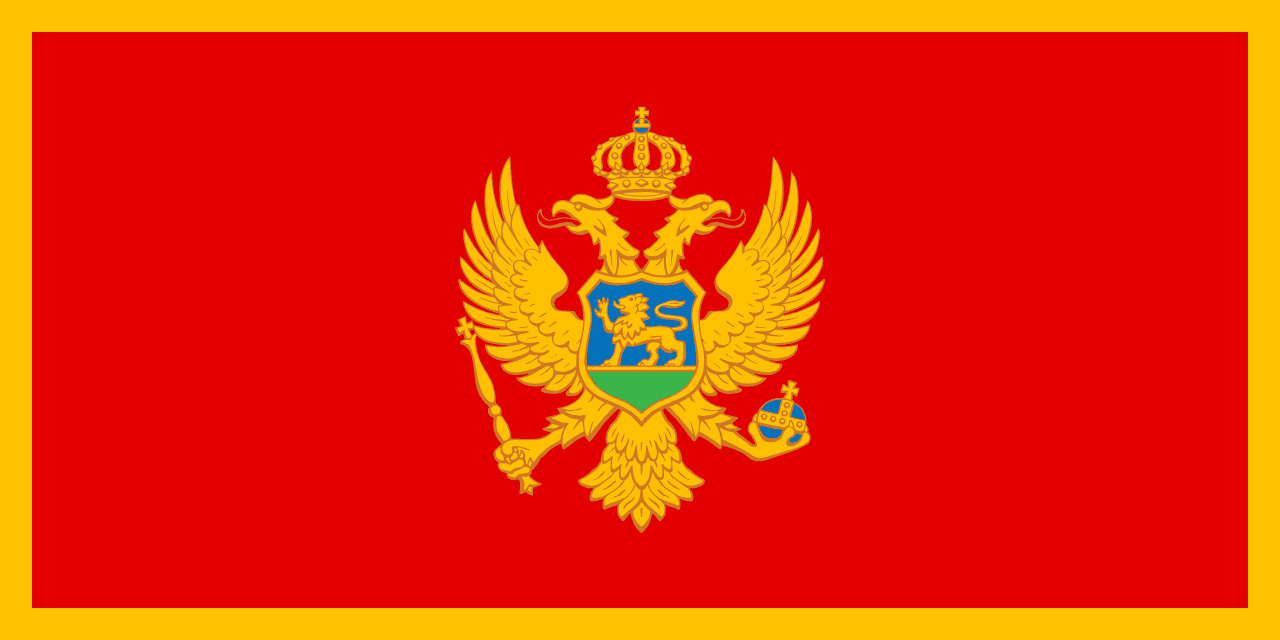Isle of Man Flag Meaning
Red field featuring the ancient Celtic triskelion symbol of three armored legs, representing strength and resilience.
- Continent
- Europe
- Adopted
- 1932
- Ratio
- 1:2
- Colors
- red, white

Symbolism
Triskelion (Three Legs): Ancient Celtic symbol representing motion, progress, and the three realms of land, sea, and sky. The motto 'Quocunque Jeceris Stabit' means 'Whichever way you throw it, it will stand.'
Red Background: Represents the courage and strength of the Manx people throughout their long history of independence and self-governance.
Armored Legs: The legs are depicted in armor with golden spurs, symbolizing the island's warrior heritage and readiness to defend its sovereignty.
Clockwise Rotation: The three legs rotate clockwise (sunwise), following the path of the sun and representing good fortune and positive energy in Celtic tradition.
Central Position: The triskelion's placement symbolizes the Isle of Man's central position in the Irish Sea between England, Scotland, Ireland, and Wales.
History
- 13th Century: The triskelion first appeared on Manx coinage and seals, likely adopted from the Celtic cultures that inhabited the island before Viking settlement.
- 1265: Isle of Man became a possession of the Scottish Crown after the Battle of Largs, and the triskelion continued as an important symbol.
- 1765: The British Crown purchased the Isle of Man, but the island retained its parliament (Tynwald) and many traditional symbols including the triskelion.
- 1929: The red ensign with triskelion was first officially recognized for use by Manx vessels, formalizing the maritime use of the symbol.
- December 1, 1932: The current flag design was officially adopted for use on land, establishing the red field with white-armored triskelion as the national flag.
Trivia
- The Isle of Man has the world's oldest continuous parliament, the Tynwald, which has met for over 1,000 years since Viking times.
- The island is famous for the TT (Tourist Trophy) motorcycle races, considered one of the most dangerous motorsport events in the world.
- Manx cats are famous for having no tails (or very short tails), a genetic trait that developed due to the island's isolation.
- The Isle of Man has its own currency (Manx pound) which is equivalent to the British pound but features unique designs including the triskelion.
- The island operates as a low-tax jurisdiction and is a major international financial center, particularly for offshore banking.
- Manx Gaelic (Gaelg) was the native language until the 20th century and is now being revived through education programs.
- The triskelion appears on the flag of Sicily, suggesting ancient connections between Celtic and Mediterranean cultures.
- The Isle of Man is a Crown Dependency, not part of the UK, giving it significant autonomy while remaining under British sovereignty.
- The island has no speed limits on rural roads outside of towns, making it popular with motorcyclists and car enthusiasts.
- Fairy bridges on the island come with local customs - many residents still greet the fairies when crossing these traditional spots.
- The island issues its own postage stamps and banknotes, often featuring the triskelion and local wildlife like puffins and Manx cats.
Related Countries

Montenegro
Europe
A red field with golden border and the coat of arms featuring a golden double-headed eagle, representing Montenegro's medieval heritage, Orthodox Christian identity, and recent independence from Serbia.

Wales
Europe
Y Ddraig Goch - the red dragon passant on green and white horizontal field, representing Welsh heritage and Celtic identity.

Lithuania
Europe
Three horizontal stripes of yellow, green, and red representing the golden wheat fields, green forests, and blood shed for independence of this Baltic nation that led the peaceful dissolution of the Soviet Union.

Spain
Europe
Two horizontal red stripes separated by a yellow stripe twice their width, with the national coat of arms on the yellow stripe toward the hoist, representing the historical kingdoms of Castile and Aragon and the traditional colors that have symbolized Spain for centuries.

Scotland
Europe
The Saltire - white diagonal cross of Saint Andrew on azure blue field, one of the world's oldest national flags.

Slovakia
Europe
A horizontal tricolor of white, blue, and red with the Slovak coat of arms placed toward the hoist. The coat of arms features a double silver cross rising from three blue hills, symbolizing Christianity and Slovakia’s mountainous landscape.